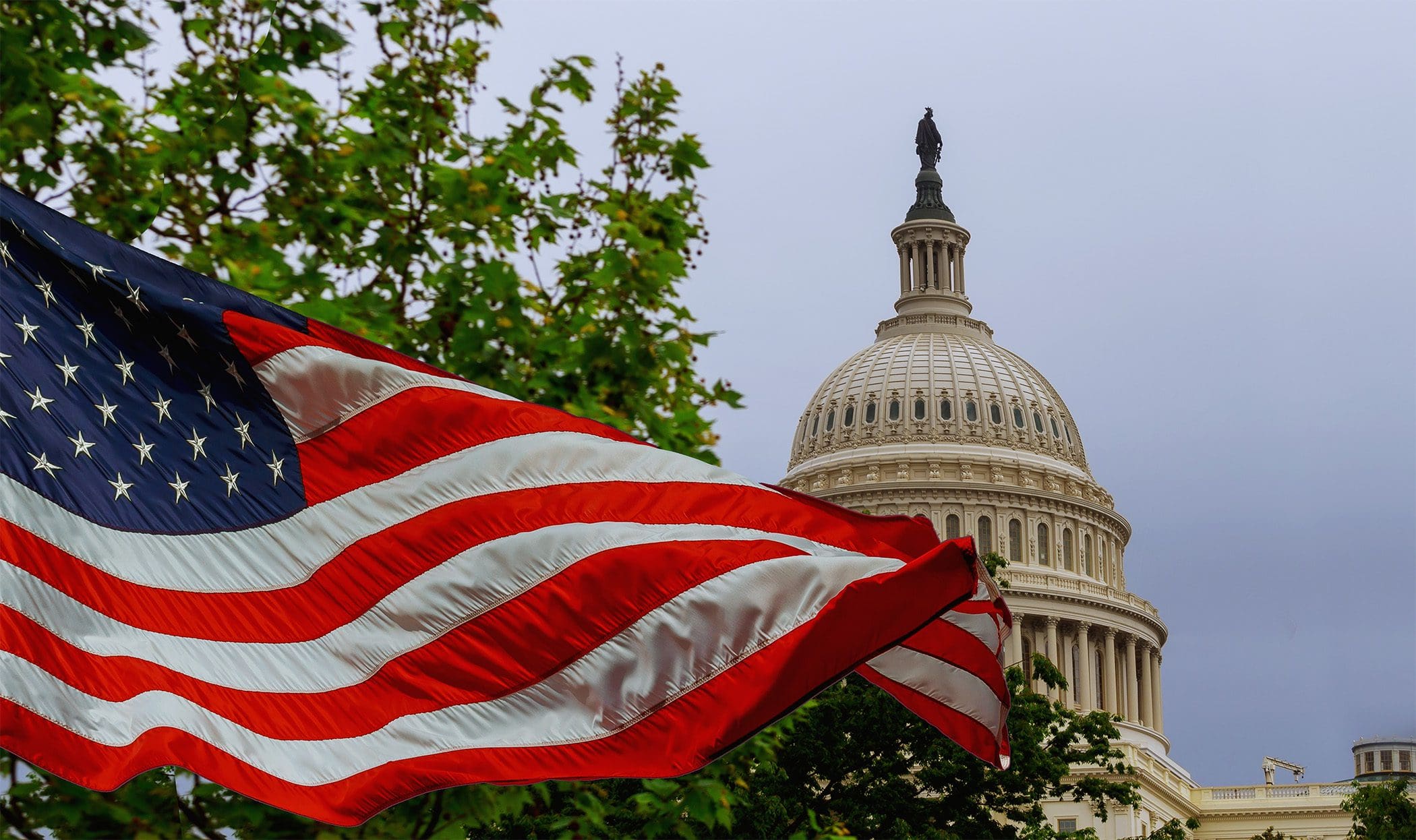By: Farhad Manjoo
Among the big changes ushered in by the pandemic was a quiet revolution in American welfare policy.
OK, “quiet revolution” is my way of trying to jazz up a government program whose very name — the Child Tax Credit — I worry will have a lot of people swiping away to something juicier. But stick with me. For the six months it was in effect last year, President Biden’s expanded version of the Child Tax Credit provided parents of most American children with monthly checks of $250 or $300 per child; at tax-filing time this year, the credit gave people another lump sum of cash assistance. For millions of people the money was a blessing. Studies show it significantly reduced the nation’s shamefully high rate of childhood poverty.
The expanded Child Tax Credit also marked a bigger shift in American social policy: It was one of the first new programs in decades to provide Americans a government allowance in cash with virtually no strings attached. Many other federal welfare programs include work requirements, are limited to specific populations (like people with disabilities or people with low incomes) or provide in-kind benefits like food stamps rather than just plain money. The expanded Child Tax Credit, on the other hand, was more like Social Security for people under 18. It was a kind of nearly universal basic income: About 90 percent of American children were eligible to receive payments under the program, and at its peak at least 61 million children got the benefit.
You may have heard of universal basic income, or U.B.I., in which a government sends everyone something like a national paycheck to cover the basics of life. There’s also the related but slightly different guaranteed income, which is a way of replacing or augmenting existing welfare programs aimed at low-income people with simpler, more straightforward regular cash assistance. Both involve giving people money, a notion that has been gaining attention in social-policy circles for years; it shot to sort-of-mainstream fame when it was championed by Andrew Yang in the 2020 Democratic presidential primary.
One of the main backers of guaranteed income is the Economic Security Project, an advocacy group founded in 2016 by Chris Hughes, a Facebook co-founder turned activist, and two progressive organizers, Natalie Foster and Dorian Warren. Over the last few years the Economic Security Project has supported 100 pilot projects around the country to test a guaranteed income. The pilots are in various stages of development, but more than 80 have already concluded or begun giving out money; ultimately, they will provide about 38,000 participants over $500 million in aid.
The Economic Security Project has also been a leading political champion of the expanded Child Tax Credit. The group says that both developments — its experience with pilot projects running so far and the success of the expanded Child Tax Credit — are helping to prove a fundamental idea: Giving people money works. The pilot programs and the Child Tax Credit show that a guaranteed income is logistically feasible and that it can have far-reaching effects on reducing poverty and improving food and housing security, and more generally that it can improve people’s lives.
“This idea breaks with 50 years of safety net policymaking that made rules more strict, made the system more complicated, and meant fewer people could access it,” Foster told me.
“We’re reversing those trends and saying, ‘No, there should be a guaranteed income that sits alongside wages in America.’”
Proponents of basic or guaranteed income programs argue that they offer many advantages over ages-old welfare programs. A primary one is simplicity. In an effort to allay ginned-up fears that people who receive assistance are lazy or dishonest, the United States has larded up many welfare programs with so many complicated eligibility requirements that lots of people who could be helped by benefits are not, for lack of knowledge or access, or an inability to jump through bureaucratic hoops. Traditional welfare programs can also undermine people’s agency; by letting the government rather than recipients decide how to spend the money, people’s actual needs may go unfulfilled. Finally, hyper-targeting welfare programs to certain groups breeds resentment. Programs that are universal or nearly so, like Social Security, enjoy widespread political support. Programs that aren’t, don’t.
The Child Tax Credit is not new. It was created in 1997 under a Republican Congress and a Democratic President, and it has been expanded under every president since. (Democrats generally sell the program as help for working people; Republicans talk about it like a tax cut.) But Biden’s expansion — which was created in his first major domestic policy bill, the American Rescue Plan — broke with previous versions of the credit in a few major ways.
Biden increased the maximum amount of assistance — to $3,600 annually for children 5 and under and $3,000 for children 6 to 17, from $2,000 a year per child. He also expanded eligibility and, crucially, turned it “fully refundable.” (A refundable tax credit is one that can provide a refund larger than the amount of taxes you pay; full refundability means that people who pay little or no income tax would still get the full assistance). Another Biden innovation was to disburse half of the benefit in monthly payments, and to give out the money automatically, most often through a direct deposit into people’s bank accounts.
Before this expansion, approximately 27 million American children in families with little or no earnings were ineligible for the full Child Tax Credit benefit, and everyone who did get the benefit got it as part of an annual tax refund. Biden’s plan alleviated people’s immediate needs. In July 2021, just as other pandemic-related assistance was winding down (the last of three federal stimulus payments started going out in March that year), 59 million American children received the first monthly installment of the credit. Most didn’t have to do anything to get it; the money just showed up in bank accounts that Americans already have registered with the Internal Revenue Service. Compared with, say, the rollout of Obamacare, its execution was a home run by the Biden White House.
The money made a big difference. Researchers at Columbia University found that after just the first month’s payment of the Child Tax Credit, the monthly child poverty rate in America fell by 25 percent, representing about three million children who were kept above the poverty level because of the credit. The initial payments also led to a 25 percent decline in “food insufficiency” in low-income households with children. The number of recipients kept growing: Over the subsequent months of the program the number of children kept out of poverty by the credit grew by 800,000 more.
To proponents of guaranteed income, the success of the Child Tax Credit is something like an ultimate proof-of-concept of an idea they have been testing on a smaller scale for years.
“The Child Tax Credit is a perfect example of what it looks like to implement cash-based policies on a federal level, and it’s showing — really quickly — the benefits,” said Aisha Nyandoro, the chief executive of Springboard To Opportunities, a housing nonprofit group in Jackson, Miss.
In 2018, Springboard created the Magnolia Mother’s Trust, which is thought to be the longest-running guaranteed income program in the United States. The program provides a group of Black mothers — recipients are selected by lottery — with $1,000 a month for a year. Mothers who’ve been in the program say it has changed their lives — the money has made them more hopeful and capable parents and providers.
And contrary to what skeptics might guess, the program did not lead to idleness. People didn’t quit their jobs in large numbers because they were getting monthly checks; the Mother’s Trust found that even though many mothers suffered job losses because of the pandemic, about the same number of women were employed at the beginning of the program as at the end. Mothers also “reported being more motivated to pursue their own goals, sustain that motivation, and recognize their own agency,” according to a report on the program.
An analysis of another early guaranteed income pilot, begun in 2019 in Stockton, Calif., found that regular cash assistance led to an increase in employment. At the start of Stockton’s program, which sent $500 a month to 125 people for a year, 28 percent of recipients were employed full time; a year later, 40 percent were working full time. The findings suggest that giving people a little bit of money removed “material barriers” to finding full-time work — for instance, rather than spend their time in dead-end gig work, people could complete courses, internships or training programs that allowed them to land higher-paying jobs.
The big problem with Biden’s expansion of the Child Tax Credit was its ephemerality; the American Rescue Plan provided for just six monthly deposits plus a lump sum, and the administration had planned to further extend the program in Build Back Better, its follow-up domestic policy legislation that did not pass. There is a possibility that the expanded credit will be reinstated in an end-of-the-year tax deal with Republicans. In a recent open letter, 133 economists said the program would help families hit by inflation, not exacerbate inflation.
But whatever happens with expansion, it’s clear that giving people money is an idea here to stay. Many guaranteed income projects now operating are sponsored by local governments that are seeking to make them permanent, and some are quite big. For example, Cook County in Illinois is giving 3,250 families $500 a month in assistance.
“There are so many people experiencing the positive side” of these programs, Harish Patel, the director of Economic Security for Illinois, which the Economic Security Project helped found, told me. “And once you get this type of resource, and government takes it away, that is usually not good.”





















